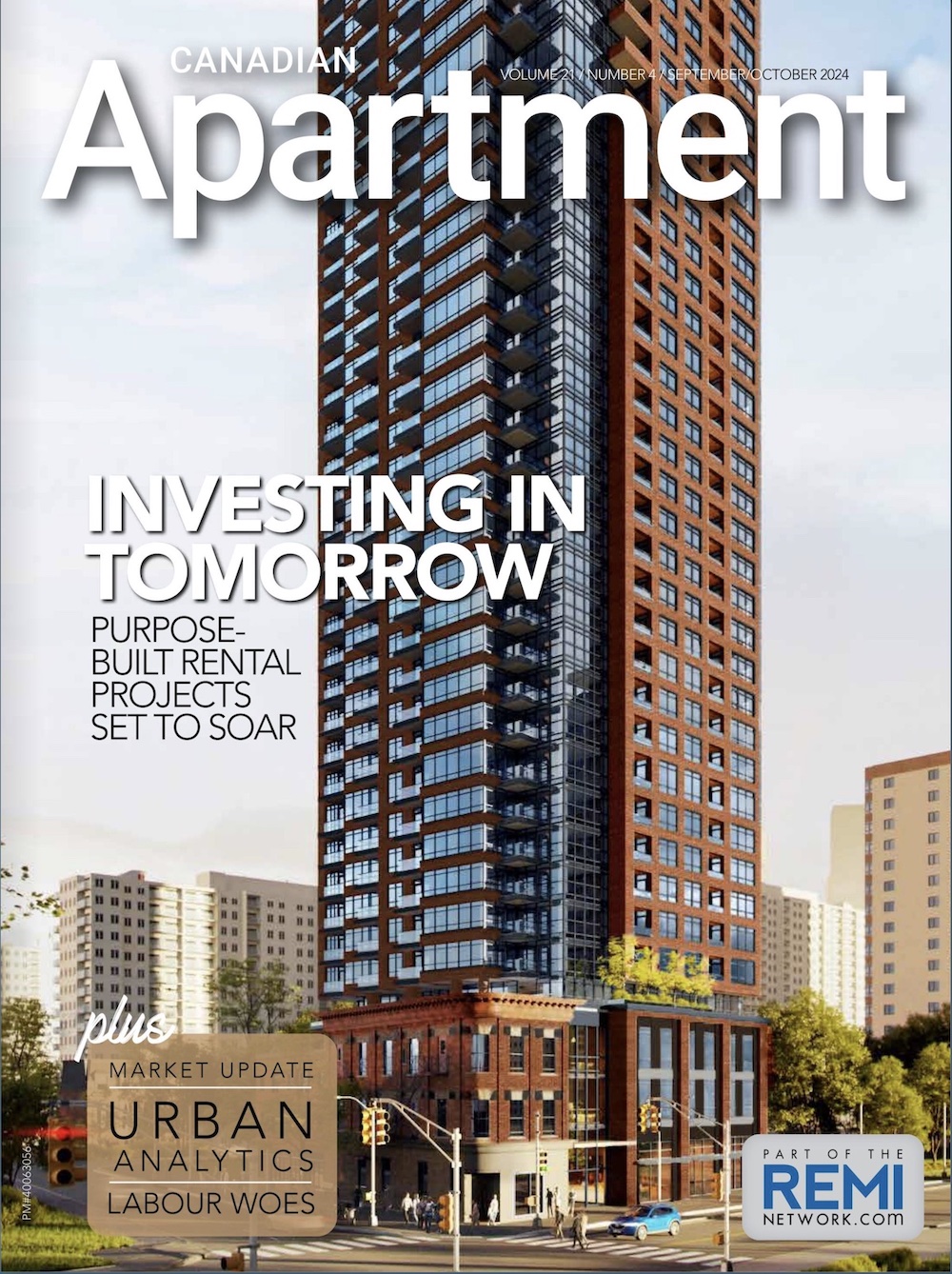There are many attractive features that make up a great neighbourhood – from lush parks and restaurants to tree-lined streets and coffee shops – but the one thing young urban renters covet above all else is the freedom to live a car-less existence.
Times have changed for city dwellers. These days, car ownership is seen as more of a hassle than a necessity. Being hinged to a car means fighting daily traffic and incurring the astronomical cost of gas, parking and insurance. Young people today, whether student or professional, prefer to ride their bikes or walk to work/school because it is cheaper and more convenient. It’s also healthier and much better for the environment.
“Back when the majority of apartments were being built, driving was all the rage,” explains Derek Lobo, CEO of Rock Apartment Advisors Inc. “In the 1960s and ’70s, cars were a prerequisite. If you didn’t have a car, you were poor. Gas and insurance was cheap. Apartments and cars were big. Today, both are a lot smaller and equally a lot more expensive.”
According to new studies, car ownership is beginning to decline significantly. In a recent report by the University of Michigan Transportation Research Institute (UMTRI), a drop in younger licensed drivers was identified in more than half of 15 countries surveyed. In Canada, 92 per cent of 25 to 34-year-olds had a licence in 1999; 10 years later, 87 per cent did. One of the reasons for the change is bike culture is flourishing, with bike-sharing networks popping up in most cities. Another reason is the Internet. Laptops and smartphones have made it a lot easier to work and socialize from home.
“There is a sea of underground parking that is not being used,” says Lobo. “The old building code called for more than one parking spot per unit. Today, it’s not uncommon to see 50 per cent parking coverage in new transit-oriented buildings.”
In downtown neighbourhoods, new condominium buildings are emerging with zero parking for residents. One example is the Residences at RMCI, a joint venture between the Royal Military Canadian Institute and Tribute Communities, located on University Avenue in Toronto. Scheduled to be complete in 2014, the building is being celebrated for the fact that it is 100 per cent parking free, save a few spots reserved for car-share companies.
“Traditional, older tenants live in their apartment. Young people sleep in their apartment and live in the building and community around it,” says Lobo. “They don’t want that hour-long commute to work; they are interested in blending work and life. They are also not tied to home ownership like other generations before them. Their lives are mobile; they have fewer possessions and they are willing to exist without a car.”
Lobo says a good mixed-use neighbourhood offers everything a renter needs to live, work, eat and play without having to stray too far from home. By living close to work, a person can get there easily by bus, foot or bike. This eliminates the need for a car.
So, that big expensive parking lot sitting underneath an apartment building? One day it might just be a big expensive waste of space.
Erin Ruddy is the editor of Canadian Apartment Magazine.






